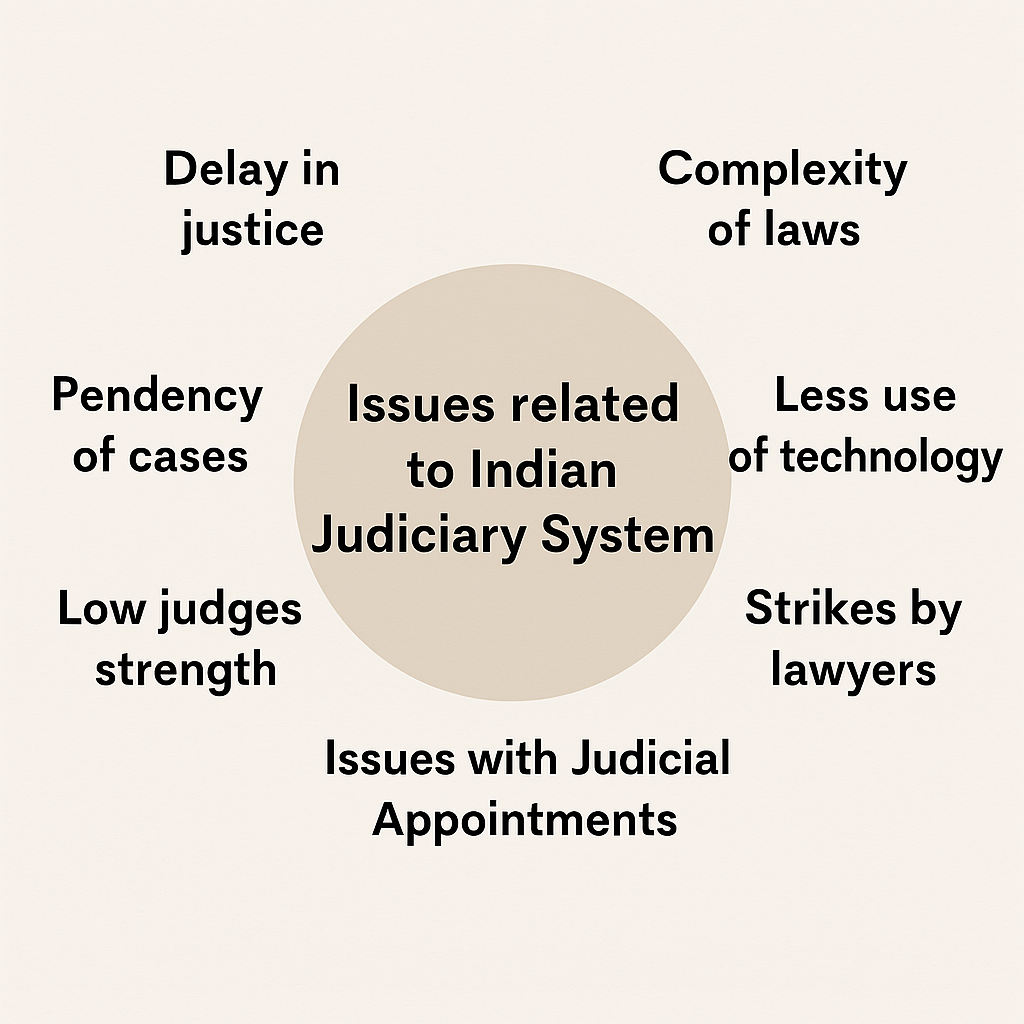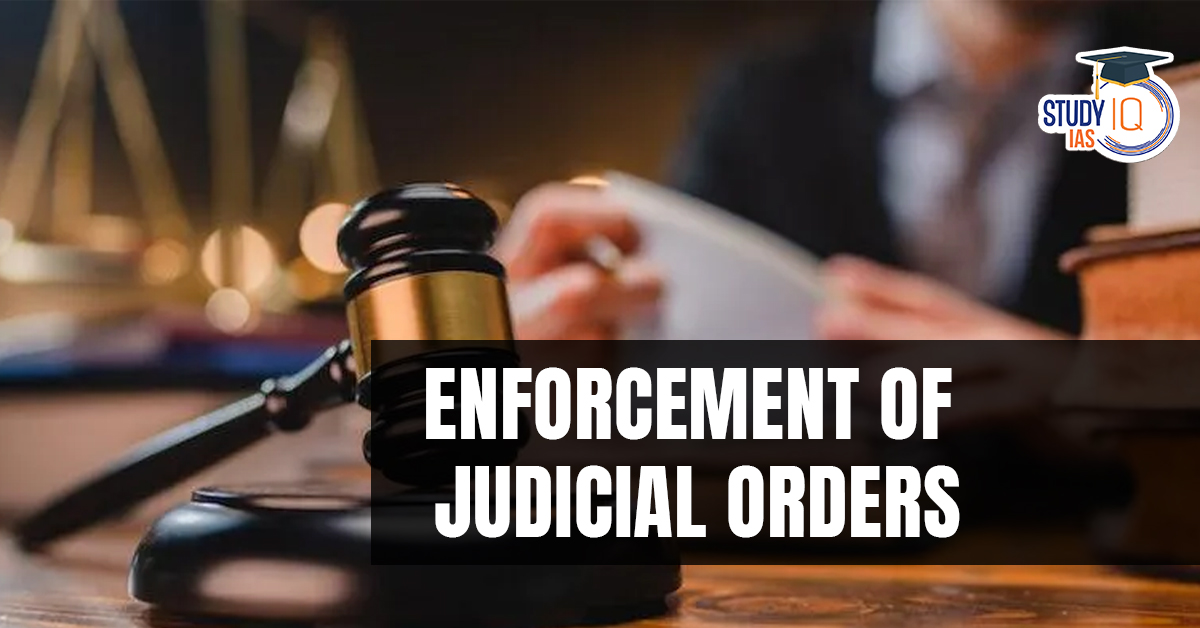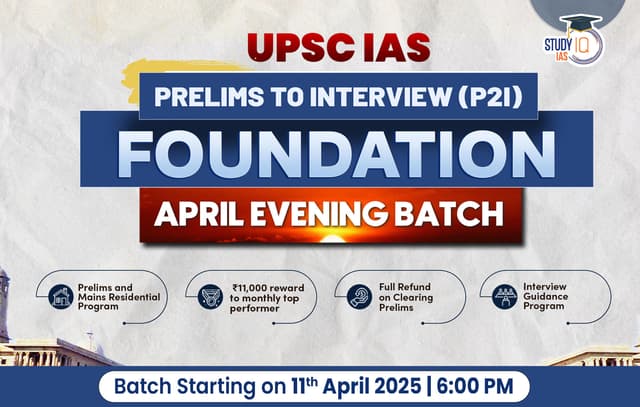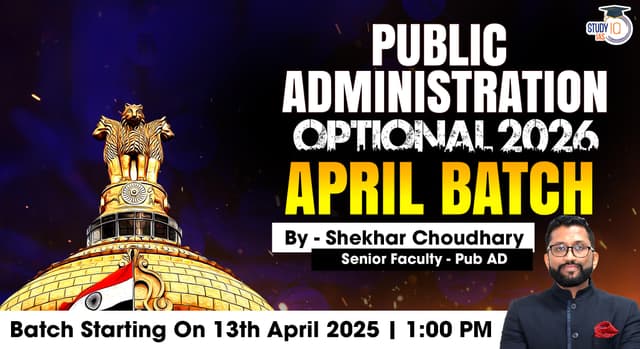Table of Contents
Context: Despite clear judicial rulings, enforcement remains lax.
More in News
- NGT’s order on banning air horns in Jaipur between 10 p.m. and 6 a.m., has remained unimplemented even after two years, causing continued public distress.
Reasons Behind Ineffective Judicial Orders
- Lack of Implementation Planning: Judicial bodies often pass orders without ensuring they are realistic or practically enforceable.
- Poor Coordination Among Agencies: Agencies like police, pollution control boards, and transport departments fail to work in sync to carry out directives.
- Perception of “Minor” Violations: Enforcement agencies often deprioritize orders they see as low-impact, like noise pollution controls.
- Circumvention of Orders: As seen in the liquor ban case (State of Tamil Nadu v. K. Balu, 2017), state authorities found loopholes, like reclassifying roads, undermining the original intent.
- Lack of Accountability: There’s no direct accountability mechanism to ensure implementation officers follow through.

| 📜 Previous Instances of Ineffective and Effective Enforcement |
⚠️ Ineffective Enforcement
✅ Effective Enforcement
|
What Needs to Be Done (Way Forward)
- Judicial Foresight in Framing Orders: Courts must anticipate practical hurdles during decision-making to ensure enforceability.
- Designate Accountability Officers: Appoint compliance officers in every department to oversee and report implementation.
- Tech-enabled Monitoring: Use digital tools for real-time tracking of orders and automatic reporting systems for updates.
- Public Awareness Campaigns: Engage citizens through awareness drives and encourage them to report violations.
- Eg., In Kathmandu in Nepal, strict enforcement of noise control measures, combined with public awareness campaigns, has led to remarkable change.
- Inter-agency Collaboration: Mandate joint task forces between police, transport, and local bodies for smoother implementation.


 Governor's Assent to State Laws and Bill...
Governor's Assent to State Laws and Bill...
 Gradual Transformation of the Ministry o...
Gradual Transformation of the Ministry o...
 Delimitation: Issues, Legal and Constitu...
Delimitation: Issues, Legal and Constitu...





















